Bronchiolitis is an infectious disease that causes inflammation in the lower respiratory tract, or more precisely, in the small branches of the bronchi, i.e., bronchioles.
The lower respiratory tract is the part of the respiratory system below the larynx. They are formed by the trachea, which then divides into smaller bronchi and bronchioles, connecting the bronchi and the alveoli.
Morphologically, bronchioles are small, thin tubes of epithelium, smooth muscle, and collagen fibers. Due to their small size, in the case of diseases affecting the respiratory system, they may become obstructed, resulting in breathing disorders of varying severity.
Most cases are observed in the autumn and winter season. The vast majority of children suffer from bronchiolitis, especially infants and children under two years of age. Bronchiolitis is rare in older children and adults. In these age groups, it is most often associated with the co-occurrence of another respiratory disease, such as COPD (chronic obstructive airway disease), bronchial asthma, bronchiectasis, or exposure to toxic factors.
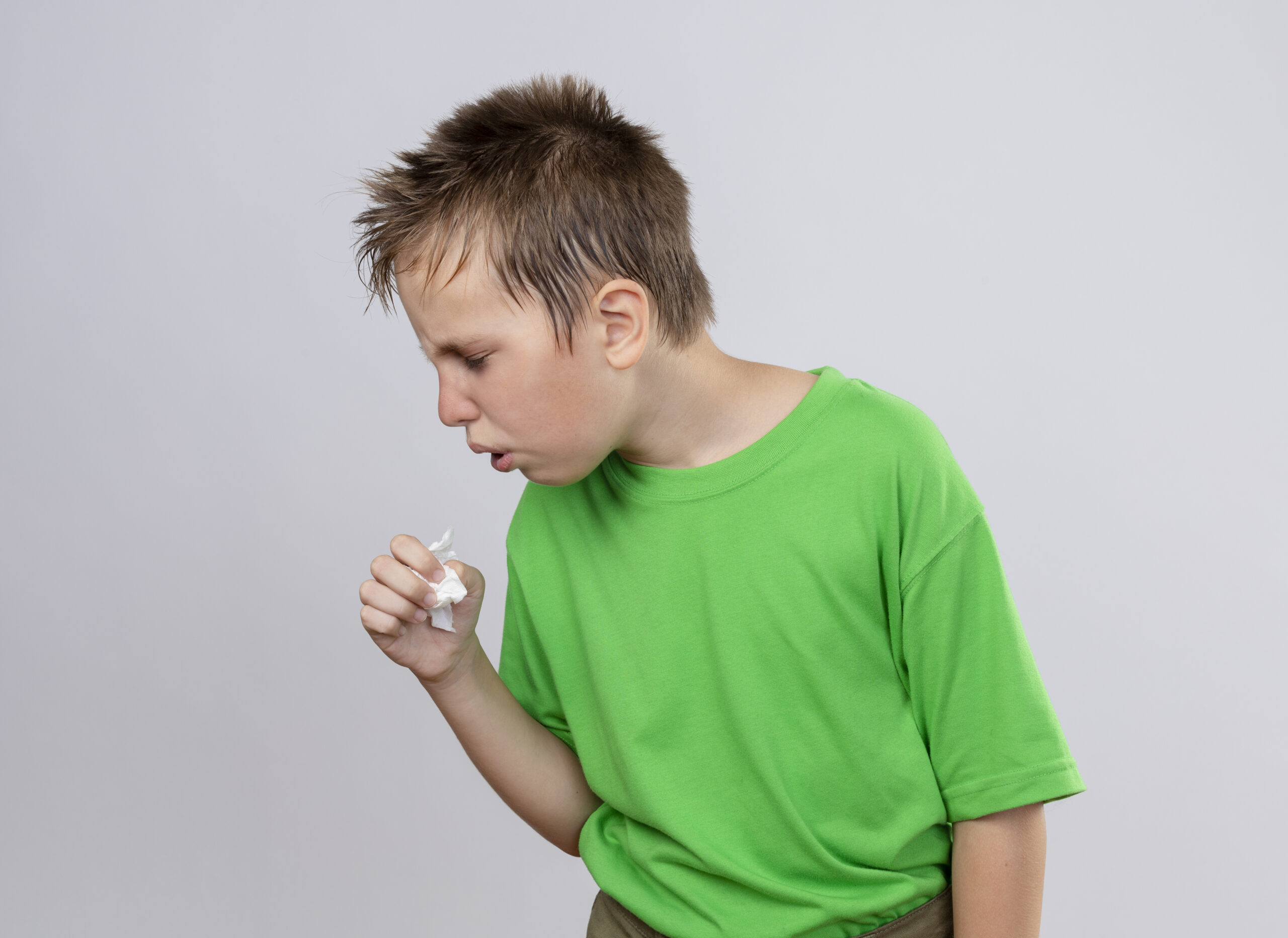
Diffuse panbronchiolitis![]() is a rare disease whose causes are not yet well understood. This type of bronchiolitis is characterized by shortness of breath and purulent sputum. The sinuses are also affected. The disease develops slowly, but it is only a matter of time before lung function is damaged.
is a rare disease whose causes are not yet well understood. This type of bronchiolitis is characterized by shortness of breath and purulent sputum. The sinuses are also affected. The disease develops slowly, but it is only a matter of time before lung function is damaged.
Diffuse panbronchiolitis is challenging to diagnose because the symptoms resemble almost any lung disease. Treatment usually lasts several weeks or months and is based on the administration of antibiotics, slowing down the disease's development.
In a patient with bronchiolitis obliterans![]() , the lumen of the bronchioles gradually narrows, which leads to symptoms such as persistent and dry cough, shortness of breath, and breathing problems. There may be several reasons for the disease:
, the lumen of the bronchioles gradually narrows, which leads to symptoms such as persistent and dry cough, shortness of breath, and breathing problems. There may be several reasons for the disease:
The diagnosis is made after tests such as chest X-ray, spirometry, and a primary examination by a general practitioner. Sometimes it may be necessary to perform a lung biopsy. Treatment usually involves administering antitussives, immunosuppressive drugs, or corticosteroids. Similarly, in the earlier example, a large proportion of patients must remain under the care of a specialist for many years.
In follicular bronchiolitis![]() , there is hypertrophy of the so-called lymph nodes in the lungs. It is usually a consequence of rheumatoid arthritis, systemic lupus, or HIV infection. Diagnosis is not the easiest because the symptoms resemble any other respiratory disease. The tests include chest X-ray, sometimes computed tomography, and spirometry. Treatment involves taking bronchodilators and glucocorticosteroids.
, there is hypertrophy of the so-called lymph nodes in the lungs. It is usually a consequence of rheumatoid arthritis, systemic lupus, or HIV infection. Diagnosis is not the easiest because the symptoms resemble any other respiratory disease. The tests include chest X-ray, sometimes computed tomography, and spirometry. Treatment involves taking bronchodilators and glucocorticosteroids.
Some patients fully recover, but others may require specialized care for the rest of their lives. Possible complications of the disease include narrowing of the bronchi and a more frequent tendency to respiratory infections.
The hallmark of acute bronchiolitis![]() is edema and necrosis of the epithelium. In children, the disease is usually caused by RSV infection. In the case of adults, the reason may be choking on food or inhaling toxic gases into the respiratory tract. Symptoms include rapid breathing, prolonged exhalation, and wheezing. Treatment is based on facilitating breathing, administering oxygen, replenishing fluid deficits, and nutrition (the disease is usually mild).
is edema and necrosis of the epithelium. In children, the disease is usually caused by RSV infection. In the case of adults, the reason may be choking on food or inhaling toxic gases into the respiratory tract. Symptoms include rapid breathing, prolonged exhalation, and wheezing. Treatment is based on facilitating breathing, administering oxygen, replenishing fluid deficits, and nutrition (the disease is usually mild).
Bronchitis![]() is a disease somewhat related to bronchiolitis
is a disease somewhat related to bronchiolitis![]() . Both of these diseases affect the lower respiratory tract and are, in the vast majority of cases, caused by viruses. In the case of bronchitis, the disease process occurs in the airways with a larger lumen than in the case of bronchiolitis.
. Both of these diseases affect the lower respiratory tract and are, in the vast majority of cases, caused by viruses. In the case of bronchitis, the disease process occurs in the airways with a larger lumen than in the case of bronchiolitis.
The symptoms of both diseases may be similar, but bronchiolitis, compared to bronchitis, more often leads to symptoms of shortness of breath. In each case, when conducting differential diagnosis, the possibility of developing both diseases should be considered, and appropriate diagnostic procedures should be implemented to precisely determine the location of inflammatory changes.
RSV![]() (Respiratory Syncytial Virus) is the most common cause of bronchiolitis. It is highly contagious – the source of the disease may be either a symptomatic patient or a carrier who does not present any clinical symptoms. The infection spreads through droplets, including sneezing and coughing. Additionally, the RSV virus can survive for several hours on surfaces such as doorknobs or handrails and the skin.
(Respiratory Syncytial Virus) is the most common cause of bronchiolitis. It is highly contagious – the source of the disease may be either a symptomatic patient or a carrier who does not present any clinical symptoms. The infection spreads through droplets, including sneezing and coughing. Additionally, the RSV virus can survive for several hours on surfaces such as doorknobs or handrails and the skin.
In addition to the RSV virus, the development of acute bronchiolitis may be caused by infections caused by, among others:
Regardless of its etiology, bronchiolitis is usually characterized by a similar set of disease symptoms and the course of infection. In certain cases, the doctor may carry out thorough tests to precisely determine the infection's source. However, this is primarily of epidemiological importance, as knowledge of the etiological factor does not influence the selection of therapeutic procedures.
Bronchiolitis is caused![]() by a viral infection. In many cases, these are RS viruses (respiratory epithelial virus); in the remaining cases, they are rhinoviruses, influenza and parainfluenza viruses, adenoviruses, or metapneumoviruses.
by a viral infection. In many cases, these are RS viruses (respiratory epithelial virus); in the remaining cases, they are rhinoviruses, influenza and parainfluenza viruses, adenoviruses, or metapneumoviruses.
Infection occurs through droplets, i.e., through the transfer of microorganisms during sneezing or coughing. The source of infection is primarily older siblings attending kindergarten or school and less frequently, adults, including parents and guardians. Bronchiolitis develops about five days after contact with the virus.
Risk factors![]() for a more severe course of bronchiolitis include:
for a more severe course of bronchiolitis include:
The signs and symptoms of bronchiolitis![]() resemble the common cold and flu. These include:
resemble the common cold and flu. These include:

The child may show more severe symptoms, including:
If we notice such symptoms in your child, immediately call your doctor or take your child to the emergency room. It also applies if your baby shows signs of dehydration, such as dry mouth, infrequent urination, and crying without tears. Dehydration is a severe condition in a young child.
During diagnosis![]() , medical history and symptoms detected during a physical examination are usually sufficient to recognize and assess indications for hospitalization. During the visit, vital parameters such as the number of breaths, heart rhythm, and blood oxygen saturation are measured. Sometimes, a chest X-ray is performed to differentiate it from pneumonia, and blood is taken for testing.
, medical history and symptoms detected during a physical examination are usually sufficient to recognize and assess indications for hospitalization. During the visit, vital parameters such as the number of breaths, heart rhythm, and blood oxygen saturation are measured. Sometimes, a chest X-ray is performed to differentiate it from pneumonia, and blood is taken for testing.
It is also possible to perform a rapid antigen test for RSV infection![]() after collecting secretions from the back of the throat or nasal cavities. This test is performed mainly for epidemiological purposes because its positive result in a child with bronchiolitis diagnosed based on clinical symptoms does not change the treatment.
after collecting secretions from the back of the throat or nasal cavities. This test is performed mainly for epidemiological purposes because its positive result in a child with bronchiolitis diagnosed based on clinical symptoms does not change the treatment.
Bronchiolitis treatment![]() , due to the viral cause of the disease, focuses primarily on symptomatic treatment. The doctor may prescribe painkillers and antipyretics – in each case, however, this is an individual decision, depending, among others, on the child's age and co-occurring clinical conditions.
, due to the viral cause of the disease, focuses primarily on symptomatic treatment. The doctor may prescribe painkillers and antipyretics – in each case, however, this is an individual decision, depending, among others, on the child's age and co-occurring clinical conditions.
Antibiotic therapy is not routinely prescribed for bronchiolitis. Antibiotics are drugs that only act on bacteria, so their use in typically viral diseases is pointless. However, antibiotics may be prescribed for a child with strong clinical suspicion of a simultaneous bacterial infection.
If the disease is severe, the child may need to be hospitalized. A hospital stay may require the implementation of passive or active oxygen therapy, intravenous hydration, and other therapeutic procedures, each time individually determined by the attending physician.
A small percentage of children![]() may require hospital care to manage their condition. Children with conditions such as heart disease, immunodeficiency, or bronchopulmonary dysplasia that put them at high risk for severe or complicated disease should also be considered as candidates for hospitalization.
may require hospital care to manage their condition. Children with conditions such as heart disease, immunodeficiency, or bronchopulmonary dysplasia that put them at high risk for severe or complicated disease should also be considered as candidates for hospitalization.
A common complication![]() of bronchiolitis is an ear infection. Another less common complication is bacterial pneumonia.
of bronchiolitis is an ear infection. Another less common complication is bacterial pneumonia.
Severe complications of bronchiolitis may include:
In this case, the child may need hospitalization. Severe respiratory failure may require the insertion of a tube into the windpipe (tracheostomy) to help the baby breathe until the infection passes.
Although it may not be possible to shorten the duration of your child's illness, you can make your child feel more comfortable. Here are some tips![]() to try.
to try.
Mucous membranes are sensitive to drying out and drying secretions in the nose make breathing much more challenging. In the case of bronchitis and other respiratory diseases, it is significant to ensure proper air humidification. Using special humidifiers placed on radiators or hanging wet towels prevents the air in the room from drying out excessively, but it may not be enough. Some specialists recommend special moisturizing devices that spray water or physiological salt solution.

In addition to air humidification, a significant element of home treatment, which plays an essential role in diluting the secretions of the bronchial tree, is proper hydration of the sick child. It should cover losses related to rapid breathing or fever. In addition, various herbal teas have beneficial effects, which support the treatment process, also due to the anti-inflammatory effects of the herbs themselves.
Parents should remember to bathe a child with bronchiolitis every day and quickly. Long-term baths should not be used because they may cause the child to cool down or become weak due to the action of hot water.
Fever mobilizes the body to defend itself; therefore, taking substances that lower body temperature is recommended only if the temperature is 39°C and you feel unwell. Only in the case of febrile seizures is their prevention recommended, along with lowering the temperature to 38°C. In addition to pharmacological preparations, you can use cooling baths or compresses to lower the temperature.
Back patting may also help with bronchiolitis in children. It is worth knowing the correct tapping technique: place your hand in the so-called boat (we do not tap with an open, flat hand) and tap the child's back from the base of the lungs upwards. The force must be balanced to make the therapy effective, but not painful or damaging.
You can also use vibration massage, performed manually or using a device. It involves rhythmic, short-lasting strokes with the fingertips (pulsatory movement). Such a massage causes the tissues to vibrate and breaks up the endobronchial secretions, making it easier to expectorate.
Bronchiolitis is troublesome, especially since the tiring cough lasts for several weeks. However, you can effectively defend your kid![]() against this disease. First, by providing the body with appropriate vitamins and minerals, but also by paying great attention to clothing, you can strengthen the child's immunity.
against this disease. First, by providing the body with appropriate vitamins and minerals, but also by paying great attention to clothing, you can strengthen the child's immunity.
Parents should toughen their children up to strengthen their immunity and reduce the risk of illness. Try not to overheat them and give them daily exercise in the fresh air. The child's diet influences the immune system.
It should be varied and rich in vegetables, fruit, fish, dairy products, and meat. Children prone to bronchiolitis should avoid crowded and smoky rooms, especially during the increased incidence of flu and colds.
If attacks of the disease in children are repeated, it is worth considering traveling with your child to a place with a different climate. Smoking parents should quit smoking to avoid exposing their children to the irritating and toxic effects of tobacco smoke and to the increased incidence of respiratory infections.
Table of Contents
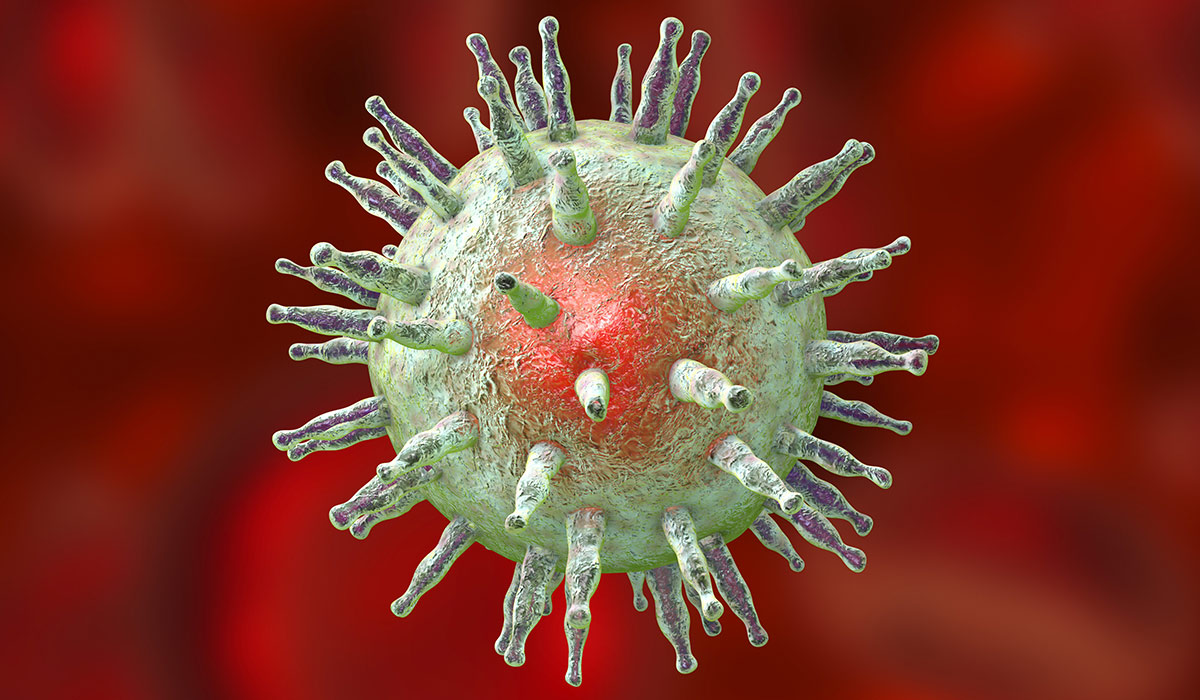
Epstein Barr Virus is a pathogen that causes infectious mononucleosis and many other diseases. Learn about the risks associated with… read more »
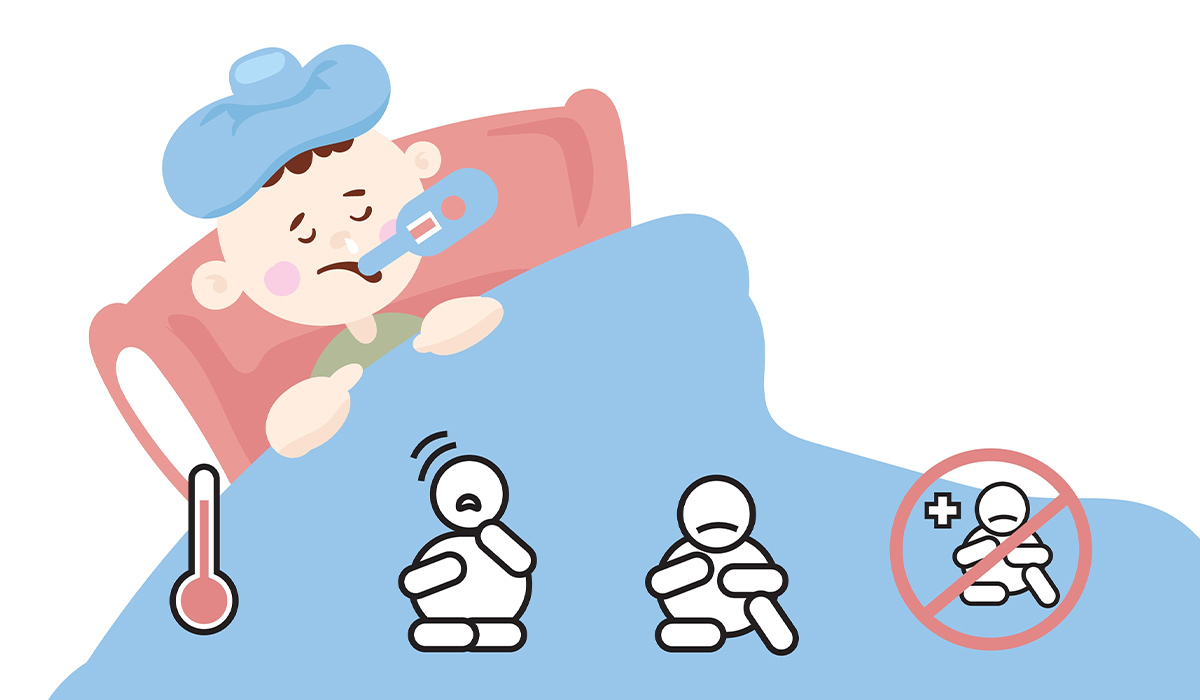
RSV is a virus that causes respiratory infections. It is especially dangerous for for infants and and children under two… read more »
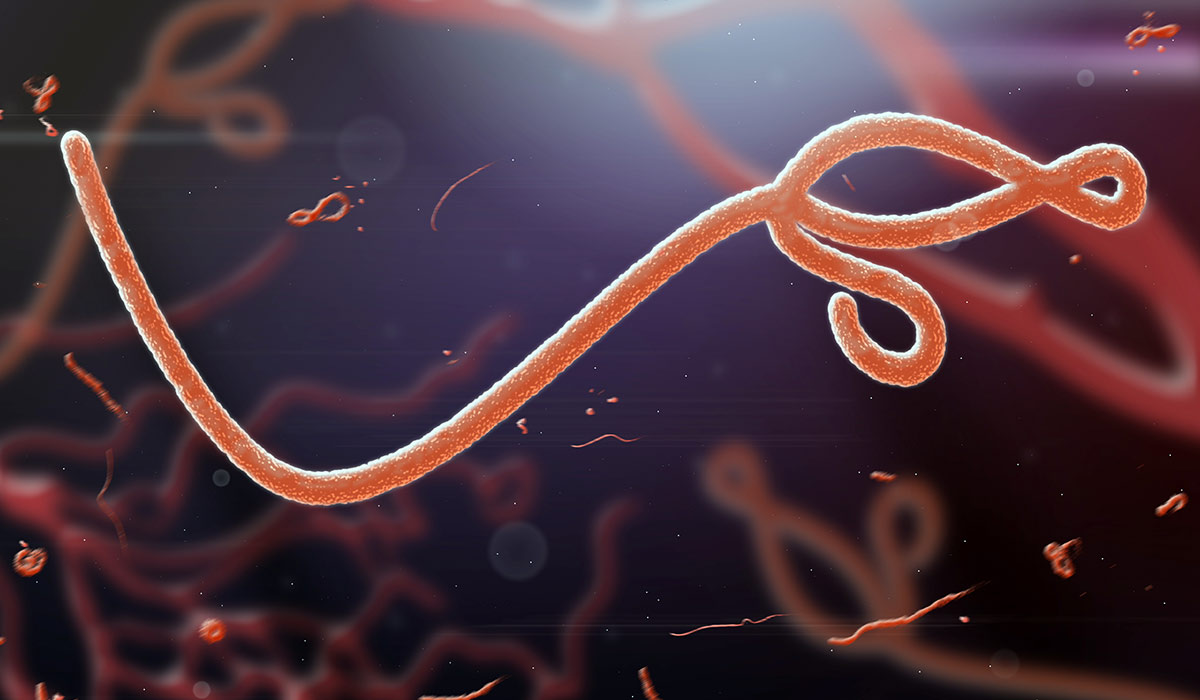
The Ebola virus continues to pose a threat to those living in Africa. Learn about the risks associated with Ebola… read more »
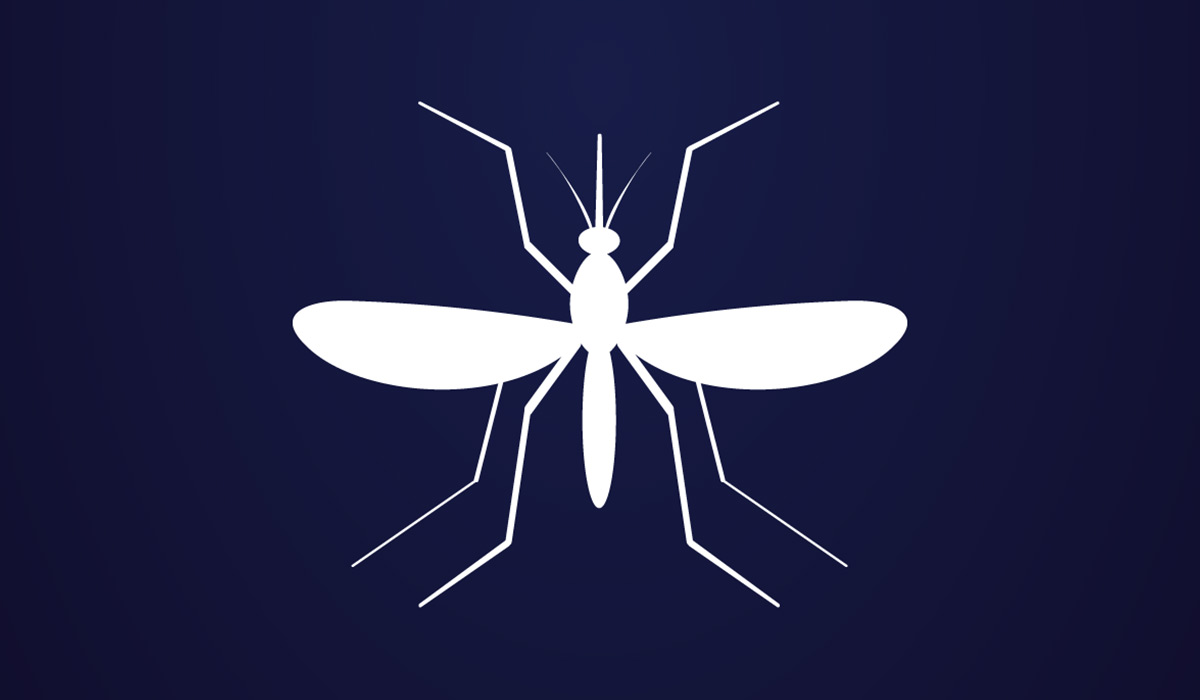
West Nile Virus is a threat not only to Africans. Fortunately, most patients pass the infection mildly, but there are… read more »
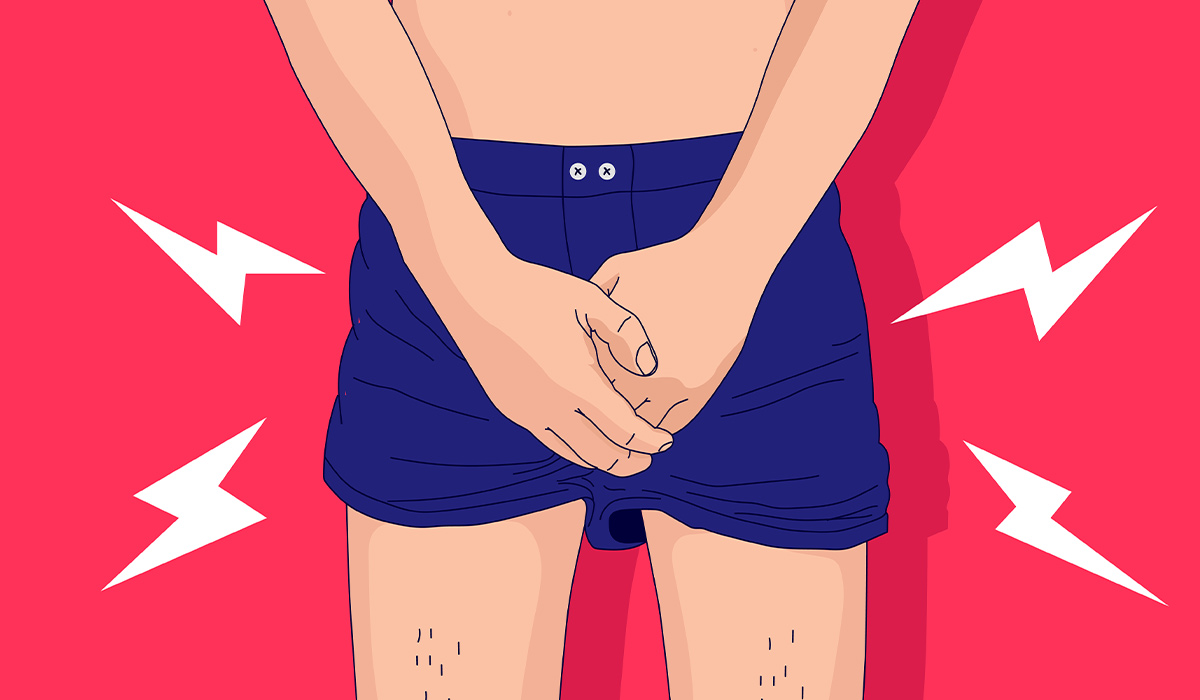
Genital herpes is a disease caused by the HSV herpes virus. What symptoms does it give? Check what treatment and… read more »

Herpes is a viral infectious disease that most often affects the lip area. Herpes virus infections are common. What does… read more »
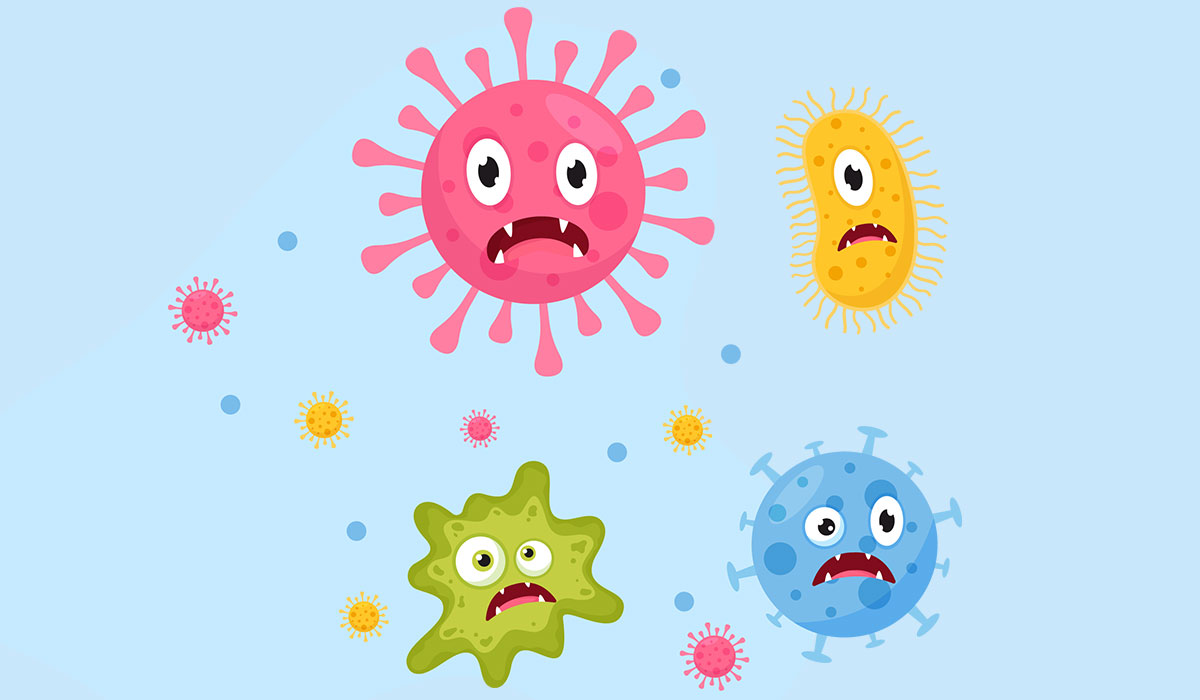
Viruses are microscopic infectious agents that can only replicate inside the living cells of a host organism. They are not… read more »
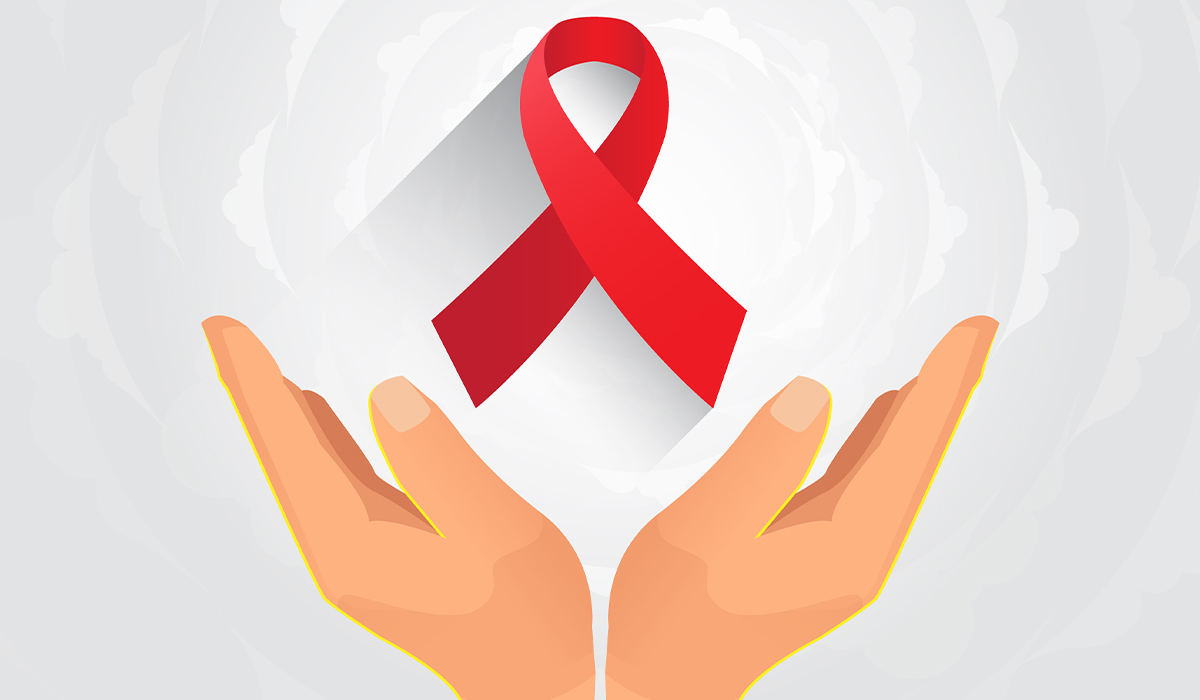
AIDS is a disease caused by HIV. This virus attacks the cells of the human's immune system, making them unable… read more »
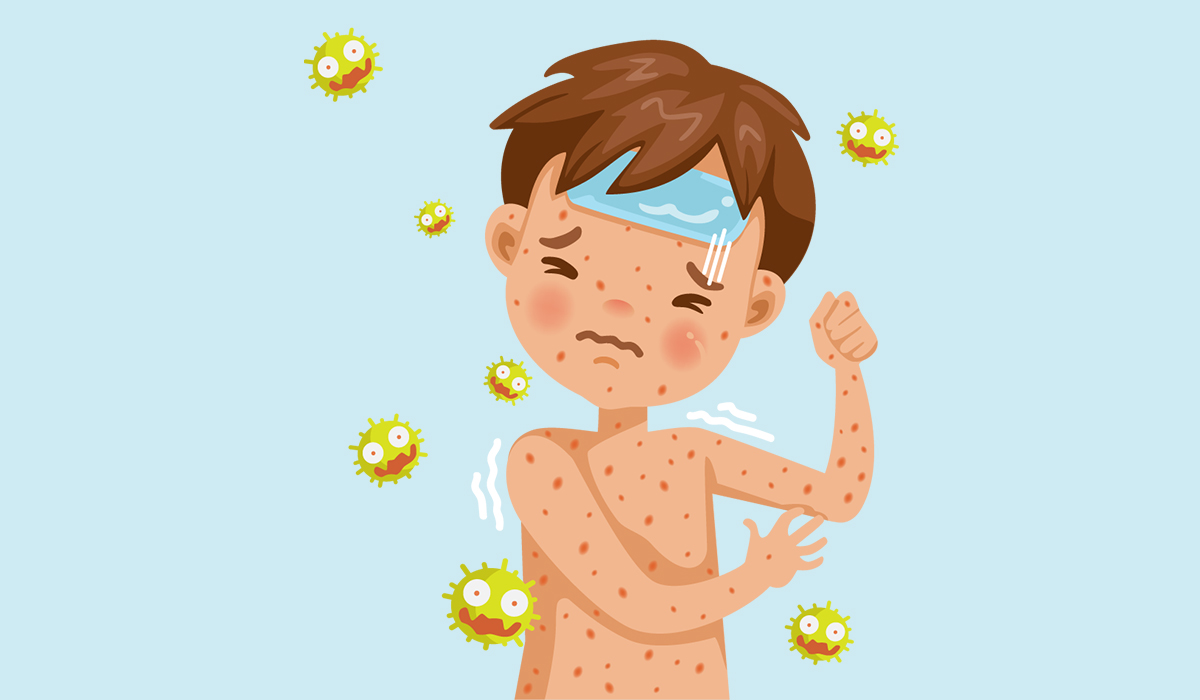
Rubella is an infectious disease caused by a specific type of virus. It is most commonly diagnosed in children. Find… read more »